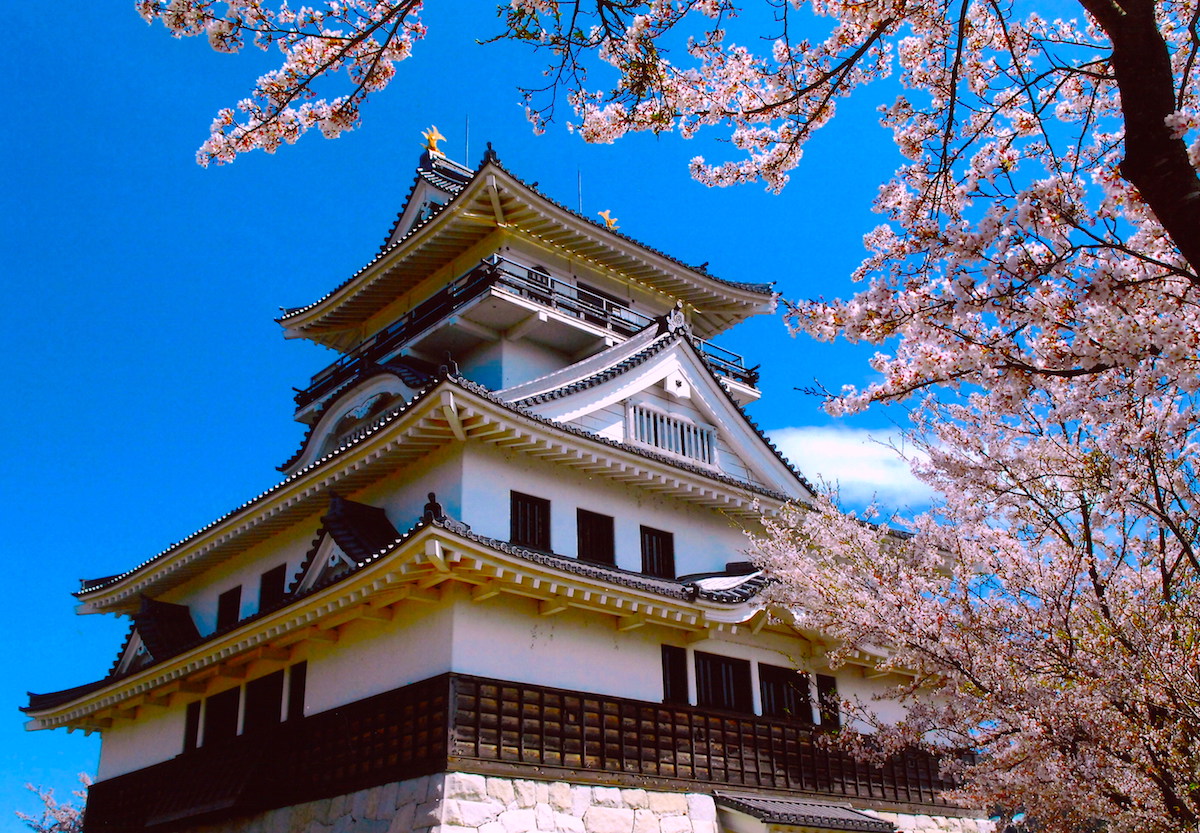The kanji representing Aichi Prefecture (愛知県) don’t get much better than this do they? 愛– love and 知 – wisdom.
Aichi regards itself as the heart of Japan by virtue of its location in Japan’s main island of Honshu. And its reputation for innovation in technology, automotive engineering and robotics have helped it to acquire the brain title too.
Aichi is Japan’s fourth most populous prefecture with over seven million inhabitants and 38 cities. Its prefectural capital, Nagoya City (名古屋市) is also the centre of the Chukyo Metropolitan Area (中京圏), the most-industrialised area of the Tokai Region. This is probably unsurprising when we consider that Aichi is the home of the world’s leading vehicle manufacturer, Toyota Motor Corporation.
The most noted cities within the prefecture are: Nagoya-shi most commonly known for its industry related sites and Nagoya Castle. And Inuyama-shi (犬山市) a small castle town less than one hour north of Nagoya.
Nagoya City (名古屋市)
Nagoya is based on the Nobi Plain, an extremely fertile area of land, approximately 1,800 km2 , that extends down from Gifu Prefecture. The city was targeted during the air raids of WWII and consequently almost 25% of it was destroyed, including 300-year-old Nagoya Castle (名古屋城).

Fortunately, the decision was made to rebuild the castle and it was reopened to the public in October 1959. Despite no longer holding the physical age within its walls, it remains a significant landmark and tourist attraction for the city.
Astronomy, train or automotive geek? Nagoya has got you covered. The Nagoya City Science Museum (名古屋市科学館) has the world’s largest planetarium. The Toyota Automobile Museum (トヨタ博物館) – just outside of Nagoya – lets you to get up close and personal with Toyota’s newest and oldest models, and the manufacturing processes behind them. And the simulators in the SCMaglev and Railway Park allow you to be a temporary bullet-train (新幹線 driver.
You may already know that Tokyo’s Shinjuku Station is the busiest station in the world. But did you know that Nagoya has the world’s largest train station in terms of floor space? This is just one more reason why Nagoya has become a top destination for rail buffs!
Are you familiar with the Japanese deity Amaratesu (天照)? She is also known as Amaterasu-omikami – “the great August god who shines in heaven” – or the “Sun Goddess”. Her legend is significant because according to Japanese mythology, Japan’s Emperors and Empresses were believed to be her direct descendants. This is especially relevant to Nagoya City because it contains the shrine believed to be her resting place – Atsuta Shrine (熱田神宮).

Inuyama City (犬山市)
Just outside of Nagoya, is Inuyama – which literally means “Dog Mountain”. Contrary to what the name may suggest – Inuyama isn’t undesirable, or filled with 犬. In fact, Inuyama is a beautiful city famous for its wooden castle, Inuyama-jo (犬山城).
Inuyama Castle is one of Japan’s 12 castles that has survived in its current state. Completed in 1440, and overlooking the Kiso River, it is Japan’s only privately owned castle.

Some other relics that have survived wars and city re-developments, can be found in Inuyama’s open air museum, Meiji Village (明治村). Meiji-mura showcases buildings that were constructed during the Meiji Era (1868-1912) and have now been relocated to make a Meiji-style village. It takes the best part of a day and costs 1700 yen to explore the vast grounds of Meiji-mura.
If you are interested in studying Japanese in Tokyo, find out more about our school by filling out the form below.
[contact-form-7 id=”12634″ title=”Inquiry Form_copy”]